Strontium Zirconate Sputtering Target Description
The strontium zirconate sputtering target from TFM is an oxide sputtering material containing Sr, Zr, and O.
 Strontium is a chemical element named after Strontian, a small town in Scotland. It was first identified in 1787 by William Cruikshank, and the element was later isolated and announced by Humphry Davy. The chemical symbol for strontium is “Sr,” and its atomic number is 38. Strontium is located in Period 5, Group 2 of the periodic table, belonging to the s-block. Its relative atomic mass is 87.62(1) Dalton, with the number in brackets indicating the measurement uncertainty.
Strontium is a chemical element named after Strontian, a small town in Scotland. It was first identified in 1787 by William Cruikshank, and the element was later isolated and announced by Humphry Davy. The chemical symbol for strontium is “Sr,” and its atomic number is 38. Strontium is located in Period 5, Group 2 of the periodic table, belonging to the s-block. Its relative atomic mass is 87.62(1) Dalton, with the number in brackets indicating the measurement uncertainty.
Related Product: Strontium Sputtering Target
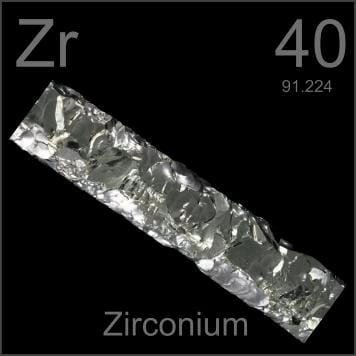 Zirconium is a chemical element that takes its name from the Persian word ‘zargun,’ meaning gold-colored. The element was first mentioned in 1789 and was observed by the chemist Martin Heinrich Klaproth. The isolation of zirconium was later accomplished and announced by Jöns Jacob Berzelius. The chemical symbol for zirconium is “Zr,” and it has an atomic number of 40. Zirconium is located in Period 5, Group 4 of the periodic table, within the d-block. The relative atomic mass of zirconium is 91.224(2) Dalton, with the number in brackets indicating the uncertainty of the measurement.
Zirconium is a chemical element that takes its name from the Persian word ‘zargun,’ meaning gold-colored. The element was first mentioned in 1789 and was observed by the chemist Martin Heinrich Klaproth. The isolation of zirconium was later accomplished and announced by Jöns Jacob Berzelius. The chemical symbol for zirconium is “Zr,” and it has an atomic number of 40. Zirconium is located in Period 5, Group 4 of the periodic table, within the d-block. The relative atomic mass of zirconium is 91.224(2) Dalton, with the number in brackets indicating the uncertainty of the measurement.
Related Product: Zirconium Sputtering Target
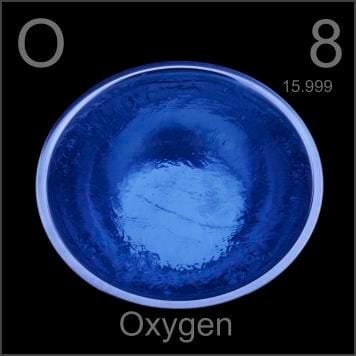 Oxygen is a chemical element with the canonical chemical symbol “O.” It originated from the Greek words ‘oxy’ and ‘genes,’ meaning acid-forming. The element was first mentioned in 1771 and observed by the Swedish chemist Carl Wilhelm Scheele. The successful isolation of oxygen was later accomplished and announced by Scheele himself. In the periodic table, oxygen has an atomic number of 8 and is located at Period 2, Group 16, belonging to the p-block. The relative atomic mass of oxygen is 15.9994(3) Dalton, with the number in brackets indicating the measurement uncertainty.
Oxygen is a chemical element with the canonical chemical symbol “O.” It originated from the Greek words ‘oxy’ and ‘genes,’ meaning acid-forming. The element was first mentioned in 1771 and observed by the Swedish chemist Carl Wilhelm Scheele. The successful isolation of oxygen was later accomplished and announced by Scheele himself. In the periodic table, oxygen has an atomic number of 8 and is located at Period 2, Group 16, belonging to the p-block. The relative atomic mass of oxygen is 15.9994(3) Dalton, with the number in brackets indicating the measurement uncertainty.
Strontium Zirconate Sputtering Target Packaging
Our strontium zirconate sputtering target is clearly tagged and labeled externally to ensure efficient identification and quality control. Great care is taken to avoid any damage during storage or transportation, ensuring that the product arrives in pristine condition.
Get Contact
TFM offers Strontium Zirconate Sputtering Targets in various forms, purities, sizes, and prices. We specialize in high-purity thin film deposition materials with optimal density and minimal grain sizes, which are ideal for semiconductor, CVD, and PVD applications in display and optics. Contact Us for current pricing on sputtering targets and other deposition materials that are not listed.


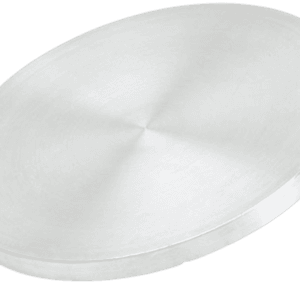
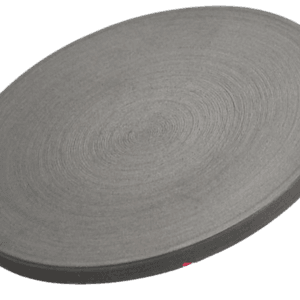
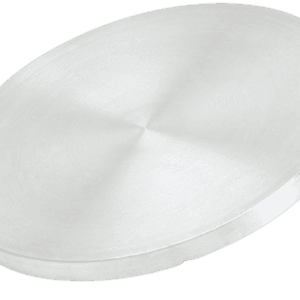
Reviews
There are no reviews yet.